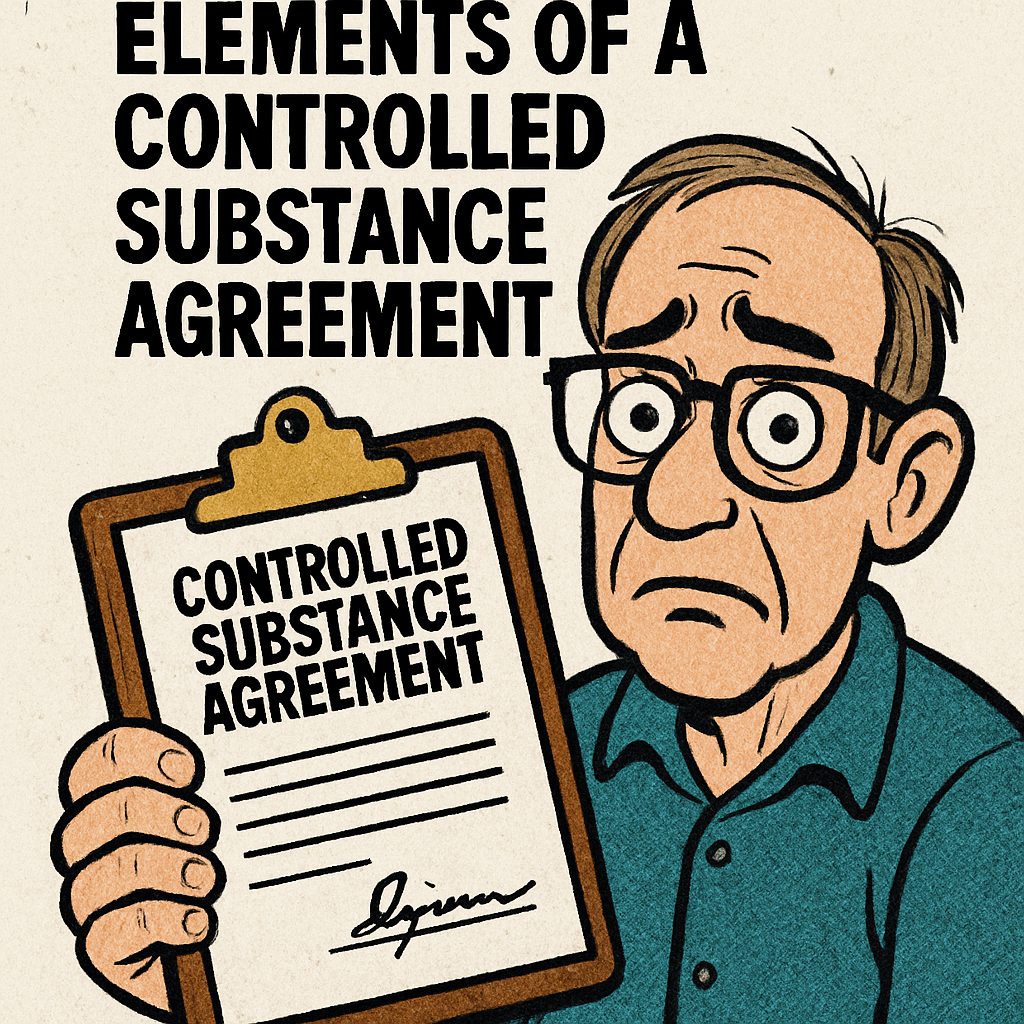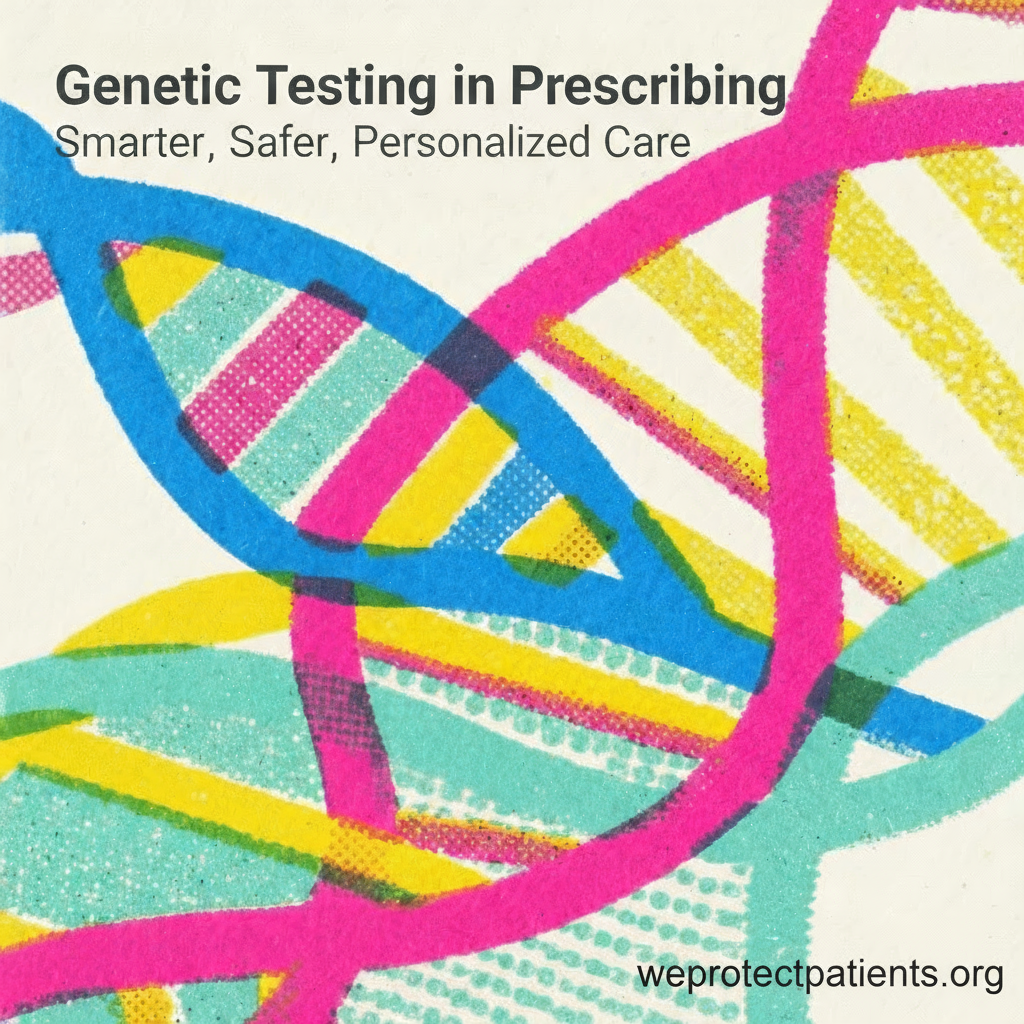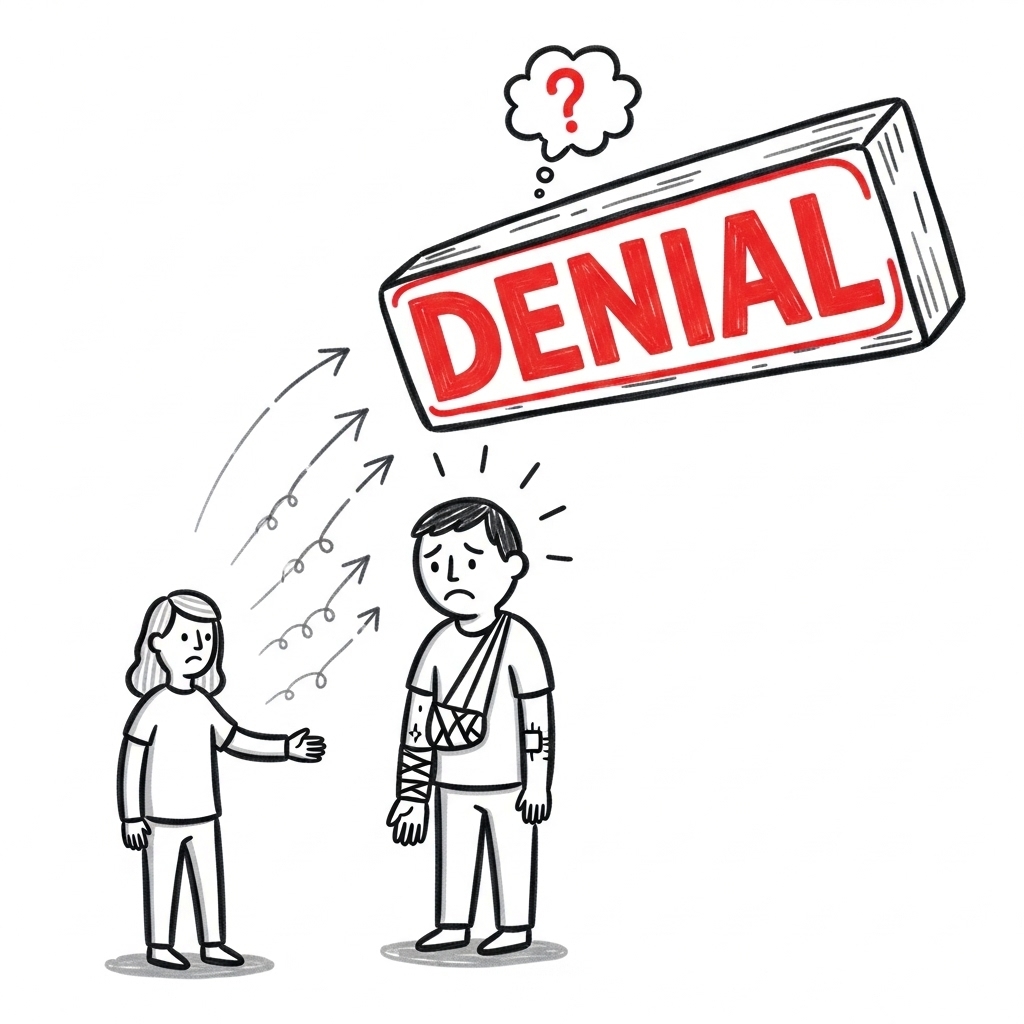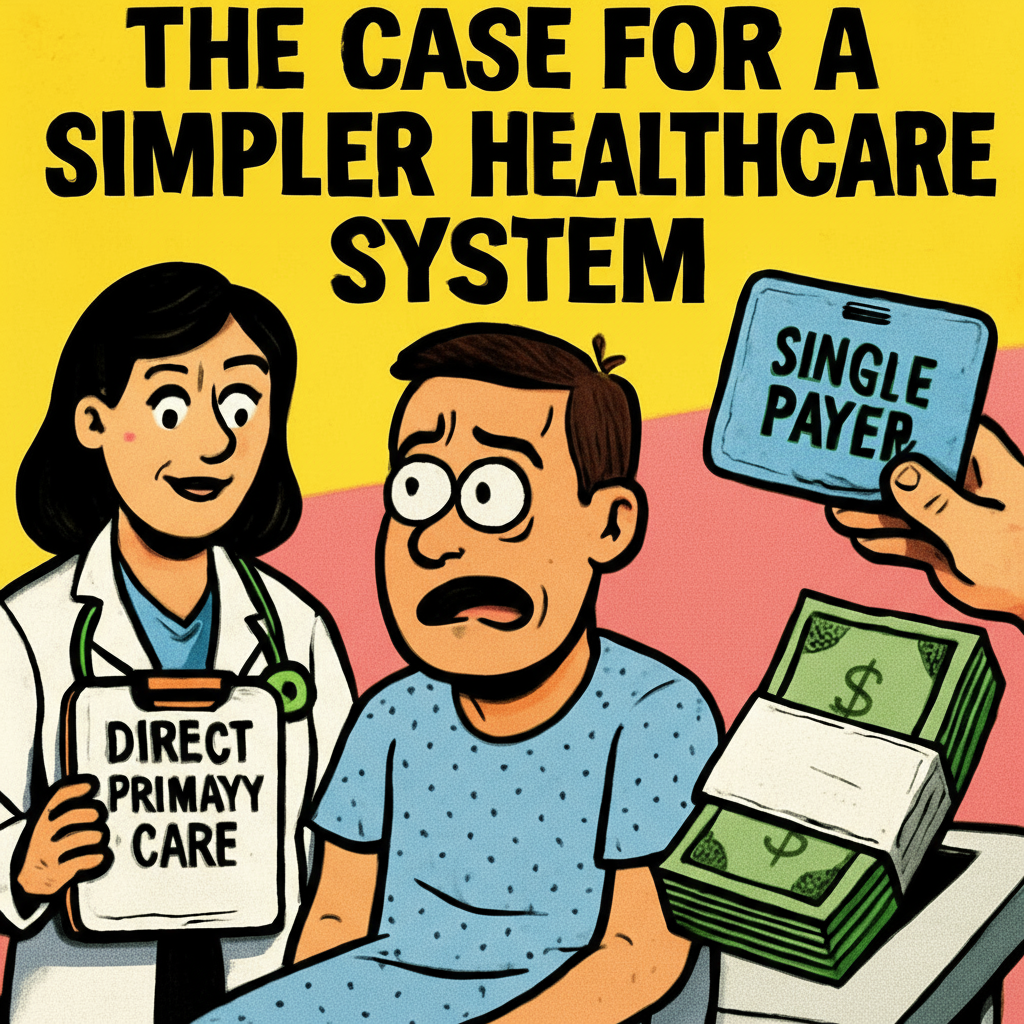
Introduction: More Than Just a Signature
A Controlled Substance Agreement (CSA) is a cornerstone of risk mitigation.
Too often, however, it’s treated as a formality—a document the patient signs without much discussion and that the provider files away.
A CSA is only as strong as its content, clarity, and consistent enforcement.
Why CSAs Matter
- Legal Protection – Shows you set clear expectations for medication use and monitoring.
- Patient Education – Informs patients about their responsibilities and potential risks.
- Compliance Evidence – Demonstrates adherence to DEA, state board, and payer requirements.
- Dispute Resolution – Provides a written reference if disagreements arise.
Commonly Overlooked Elements
1. Specifics on Monitoring Requirements
- Many CSAs vaguely reference “drug testing” or “monitoring.”
- Spell out exactly what’s required: frequency of urine drug testing, PMP checks, and pill counts.
2. Safe Storage Instructions
- Patients should know how to secure medications to prevent theft, diversion, or accidental ingestion by children.
- Include examples: lockboxes, locked cabinets, no storage in vehicles.
3. Travel and Relocation Protocols
- Explain what happens if the patient is away from home when a refill is due.
- Clarify rules for out-of-state pharmacy fills.
4. Policy on Lost or Stolen Medication
- Require a police report for stolen medications.
- State whether replacements will be provided and under what circumstances.
5. Early Refill Policy
- Specify conditions under which early refills will be considered—and when they won’t.
- Document that early refills are rare and require provider approval.
6. Consequences for Noncompliance
- Detail what actions could result in tapering, discontinuation, or discharge from the practice.
- Make these consistent with your written clinic policy.
7. Multi-Provider Communication
- Require the patient to disclose all prescribers and pharmacies.
- State that your office may contact them to coordinate care.
8. Behavioral Expectations
- Include expectations for respectful interactions with staff.
- Address disruptive or aggressive behavior directly.
Best Practices for Using CSAs Effectively
- Discuss, Don’t Just Sign – Review the agreement with the patient and answer questions before signing.
- Document Understanding – Note in the chart that the patient verbalized understanding of the agreement.
- Review Annually – Revisit the CSA at least once a year, especially for high-risk patients.
- Enforce Consistently – Apply the agreement equally to all patients to avoid accusations of bias.
How to Strengthen Your CSA
- Use plain language to ensure readability.
- Tailor it to your specialty (pain management, behavioral health, primary care).
- Include state-specific requirements.
- Align it with your internal compliance policies.
Final Thoughts: A Living Document
A Controlled Substance Agreement should be more than a checkbox—it’s a mutual understanding between provider and patient. .
Upon policy changes, all parties—patient, prescriber, and a witness—will sign the updated document during the patient’s next visit.
When it’s specific, enforced, and revisited regularly, it becomes a powerful tool for safety, compliance, and patient trust.
A CSA isn’t just a form—it’s a foundation.
About the Author
Douglas J. Jorgensen, DO, CPC, FAAO, FACOFP
Dr. Doug is a physician, consultant, and national educator on healthcare compliance, controlled substance agreements, and risk mitigation strategies. He works with practices to design and implement CSAs that stand up to both patient challenges and regulatory review.


